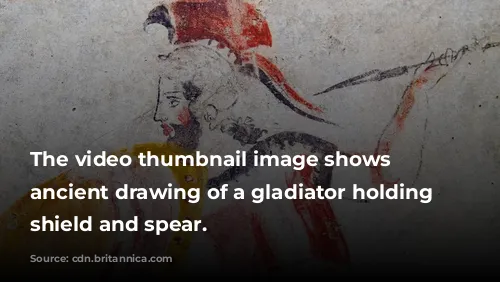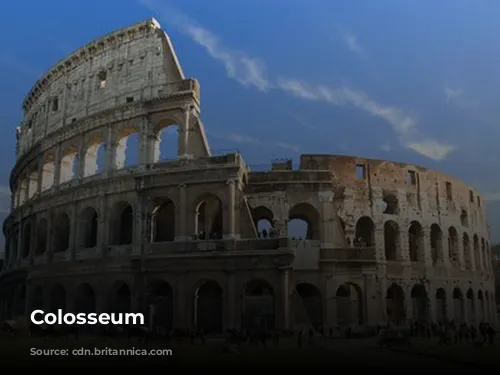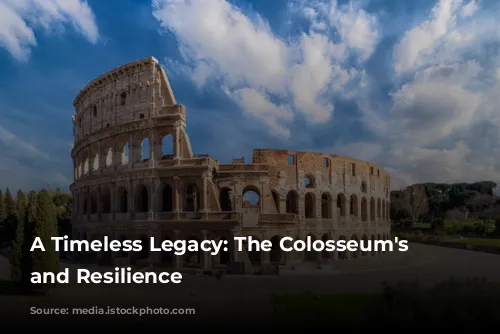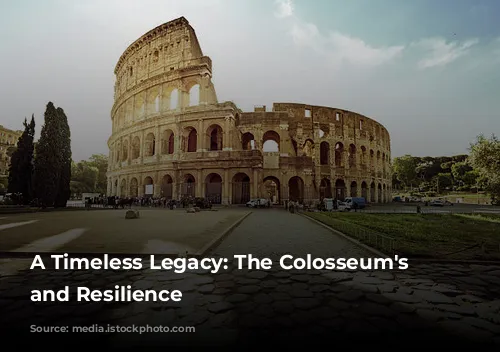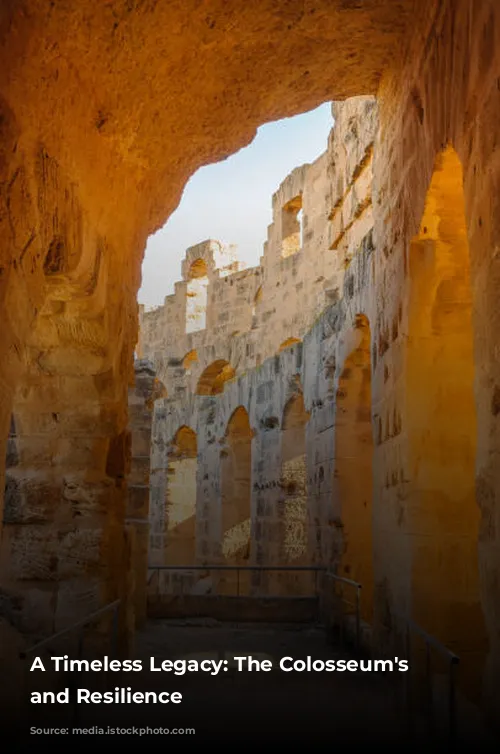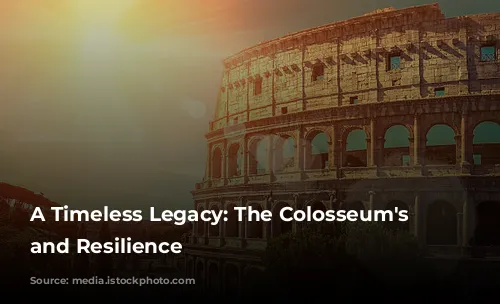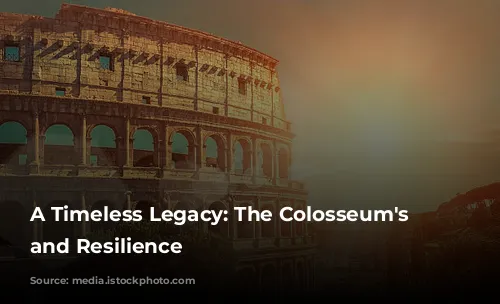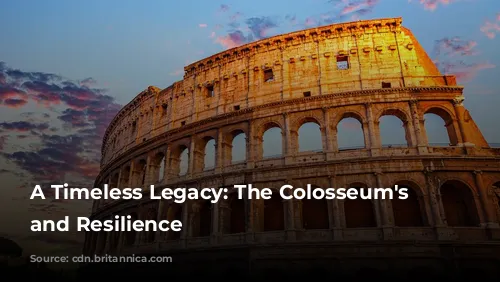The Colosseum, a majestic relic of the Roman Empire, stands as a testament to the ingenuity of ancient Rome. Not just a marvel of architecture and engineering, it also brings in significant income for Italy. In 2018, the Colosseum, Roman Forum, and Palatine Hill raked in over $63.3 million (€53.8 million), marking the highest tourist revenue among all Italian attractions. This powerful symbol of Roman grandeur continues to captivate millions of visitors each year.
This incredible structure has seen its share of ups and downs. After the fall of the Western Roman Empire, the Colosseum fell into a state of disrepair. In the 12th century, the Frangipane and Annibaldi families used the arena as their fortress. Later, in the late 15th century, Pope Alexander VI sanctioned its use as a quarry. It took over a thousand years for restoration efforts to begin, finally gaining momentum with state funding in the 1990s.
The Colosseum’s Grand Design
The construction of the Colosseum began during the reign of the Roman emperor Vespasian, between 70 and 72 CE. This grand project aimed to revitalize Rome after the turbulent “Year of the Four Emperors” in 69 CE. Like other amphitheatres, the Colosseum was envisioned as an entertainment venue, hosting gladiatorial battles, animal hunts, and even staged naval battles.
The Colosseum’s dedication ceremony in 80 CE, presided over by Vespasian’s son and successor Titus, lasted 100 days filled with games and festivities. The emperor Domitian, in 82 CE, completed the Colosseum by adding the fourth story. This architectural masterpiece, funded by the spoils of war from Titus’s conquest of Jerusalem in 70 CE, was built with the labor of Jewish slaves.
The Colosseum, also known as the Flavian Amphitheatre, is an elliptical structure made of stone, concrete, and tuff. Rising to a height of four stories, it measures a staggering 620 by 513 feet (189 by 156 meters) and could accommodate up to 50,000 spectators. It was famously used for gladiatorial combat, a spectacle that captivated the Roman populace.
A Symbol of Power and Public Entertainment
The Colosseum, located east of the Palatine Hill on the site of Nero’s Golden House, stands as a symbol of Vespasian’s vision. The artificial lake that was once the centerpiece of Nero’s palace complex was drained to make way for this colossal public arena. The decision was as much a symbolic gesture as a practical one. Vespasian, who rose from humble beginnings, chose to replace the tyrannical emperor’s private lake with a public amphitheater, a testament to his commitment to the Roman people.
The Colosseum stands as a testament to the architectural genius of the Romans. Unlike earlier amphitheatres, which were often carved into hillsides for support, the Colosseum is a freestanding structure, relying on a sophisticated system of barrel and groin vaults. Its three tiers are adorned with arcades and engaged columns in the Doric, Ionic, and Corinthian orders, a design that later inspired the Renaissance “assemblage of orders”. The Colosseum was constructed primarily of travertine, with volcanic tufa used for secondary walls and concrete for the inner bowl and arcade vaults.

From Glory to Neglect, and Back to Glory
The Colosseum’s awe-inspiring design was more than just aesthetics. It incorporated ingenious features for the comfort and enjoyment of the spectators. A massive retractable awning, known as the velarium, shielded them from the sun. Supporting masts extended from the attic story, requiring hundreds of Roman sailors to manipulate the rigging that raised and lowered the awning.
The Colosseum served as a stage for gladiatorial combat, contests between men and animals, and even mock naval battles. While the arena was reportedly used for the martyrdom of early Christians, the evidence remains inconclusive.
Throughout the Middle Ages, the Colosseum underwent a series of transformations. It served as a church, then as a fortress for prominent Roman families like the Frangipane and Annibaldi. However, the Colosseum was also subjected to damage from lightning strikes, earthquakes, vandalism, and pollution. Precious marble seats and decorative elements were plundered, transforming the Colosseum into a quarry for over a thousand years.
Thankfully, preservation efforts began in earnest in the 19th century, led by Pope Pius VIII. In the 1990s, a restoration project was launched. Today, the Colosseum remains a major tourist attraction, welcoming nearly seven million visitors annually. Regular exhibitions delve into the fascinating world of ancient Rome, keeping the Colosseum alive with the spirit of its past.
The Colosseum’s story is one of resilience, echoing the spirit of the Roman Empire it represents. As a testament to ancient Rome’s architectural prowess and engineering ingenuity, it continues to stand tall, a lasting legacy for generations to come.
